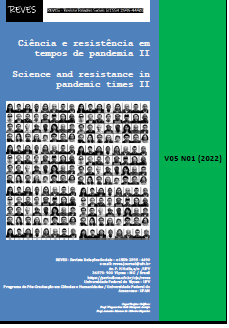Interfaces between Environmental Education and university extension
DOI:
https://doi.org/10.18540/revesvl5iss1pp13524-01-09eKeywords:
Environmental imbalances. Awareness. Disposal of medications.Abstract
We consider the various possibilities of Environmental Education, especially in schools and universities, behaving as a possibility to develop a leading role, the connection with scientific knowledge and the capacity for criticism and self-criticism in relation to everyday life. Thus, this work aimed to research in a school community, the perception of those involved in relation to the disposal of medications and its relationship with environmental imbalances, providing self-criticism in relation to changing habits. The research concludes the perception between environmental and environmental imbalances, however, we still find that they continue to dispose of their medications inappropriately, both in the garbage and in the kitchen sink, they do not have the habit of going to collection points in the city and do not carry out the relationship between inappropriate disposal of medications and mutations that could affect water and soil, interfering with the food chain. Thus, the university extension will be able to promote the insertion of Environmental Education, contributing to discussions, debates, learning and scientific knowledge, contributing to ratify the different interfaces that this axis provides, especially in relation to the balance of the ecosystem.
Downloads
Downloads
Published
How to Cite
Issue
Section
License
Copyright (c) 2021 REVES - Revista Relações Sociais

This work is licensed under a Creative Commons Attribution 4.0 International License.












